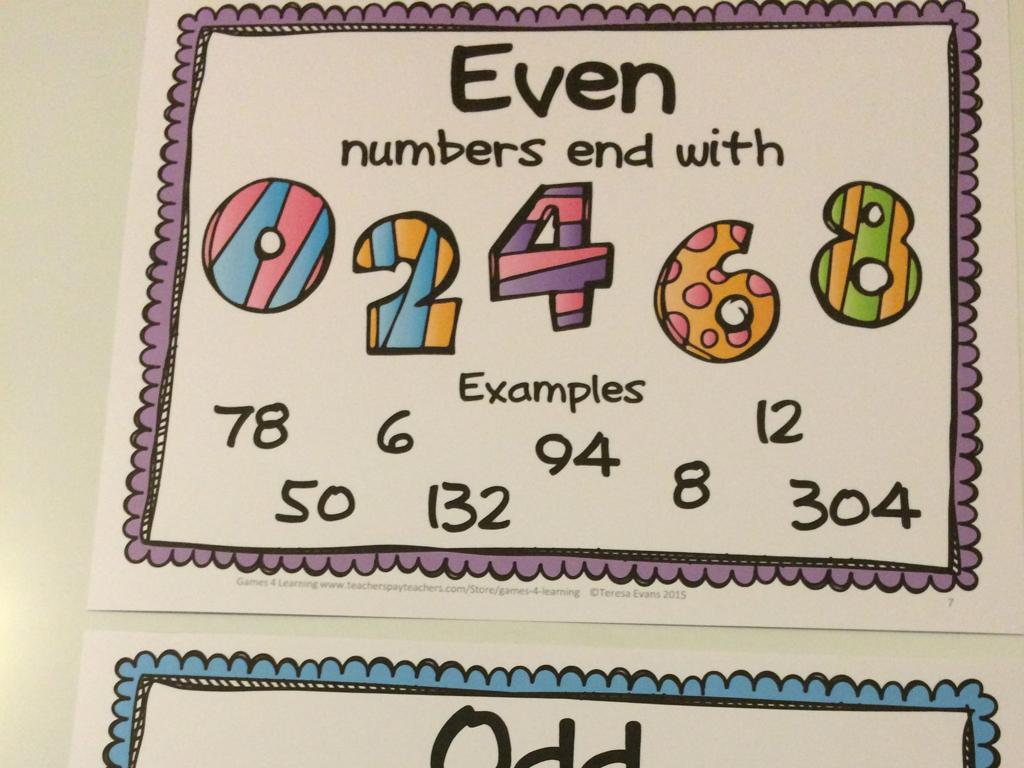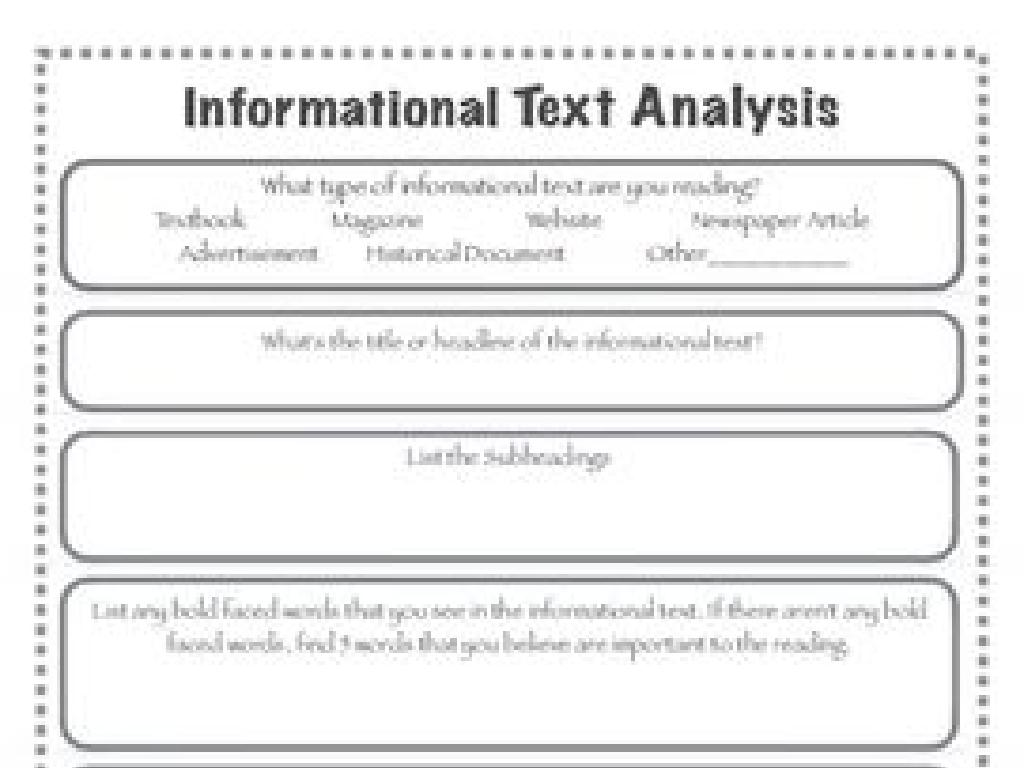Write The Subtraction Sentence - Up To Three Digits
Subject: Math
Grade: Second grade
Topic: Subtraction: Three Digits
Please LOG IN to download the presentation. Access is available to registered users only.
View More Content
Welcome to Subtraction!
– Learning to take away numbers
– Subtraction shows what’s left
– If you have 5 apples and eat 2, subtraction tells you 3 are left.
– Writing big number sentences
– Instead of ‘5 apples minus 2 apples’, we write ‘5 – 2 = 3’.
– Practice with three-digit numbers
– We’ll subtract numbers like 123 – 45 today.
|
This slide introduces second-grade students to the concept of subtraction with three-digit numbers. Begin by explaining subtraction as the process of taking away and finding out how many items remain. Use relatable examples, such as apples, to illustrate the concept. Then, show how to write these ‘take away’ stories as subtraction sentences, emphasizing the transition from words to numbers. Finally, prepare the students to apply this knowledge to larger numbers, up to three digits, ensuring to provide clear examples and practice opportunities. Encourage the students to think of their own examples and to visualize the subtraction process to aid their understanding.
Understanding Subtraction: Taking Away
– Subtraction means taking away
– It shows how many are left
– Example with apples
– Start with 5 apples, eat 2, left with 3 (5 – 2 = 3)
– Practice with bigger numbers
– Try subtracting numbers like 123 – 45
|
This slide introduces the concept of subtraction to second graders by explaining it as the process of taking away. It’s important to use simple, relatable examples, such as having a certain number of apples and eating some, to illustrate how subtraction works and what it represents. The example provided uses single-digit numbers to ensure clarity and ease of understanding. Encourage the students to think of subtraction as a means to find out ‘how many are left’ or ‘how many more’ in various situations. After grasping this concept with smaller numbers, students should be encouraged to apply the same principle to subtract larger numbers, up to three digits, to build their confidence and understanding of subtraction in a broader context.
Subtraction Vocabulary: Building Blocks
– Minuend: Starting number
– Subtrahend: Number taken away
– Difference: Result of subtraction
– Example: 123 – 45 = ?
– Minuend is 123, subtrahend is 45, find the difference.
|
This slide introduces the basic vocabulary of subtraction to second-grade students. The minuend is the number from which another number (the subtrahend) is subtracted. The result of this operation is called the difference. To help students grasp these concepts, use an example such as 123 – 45. Walk them through the process of subtracting each digit, starting from the rightmost digit. Emphasize the terms minuend, subtrahend, and difference by using them repeatedly as you demonstrate the example. Encourage students to use these terms when they explain their own subtraction problems. This will not only help them remember the vocabulary but also understand the process of subtraction.
Writing Subtraction Sentences
– Understand subtraction sentences
– A subtraction sentence shows taking away
– Recognize the minus sign (-)
– The minus sign means ‘take away’
– Example: 7 – 4 = 3
– This sentence takes 4 away from 7, leaving 3
– Let’s write a subtraction sentence!
– We’ll practice with a three-digit example together
|
This slide introduces the concept of writing subtraction sentences, which is a foundational skill in second-grade mathematics. Start by explaining that a subtraction sentence is a way to show how much is left when we take something away. Emphasize the minus sign as the symbol for subtraction. Use the simple example provided to illustrate the concept, and then guide the students through creating a subtraction sentence using three-digit numbers. Encourage the students to think of real-life scenarios where they might need to subtract, such as when buying something with their allowance and calculating the change they should get back. The activity will involve the students writing their own subtraction sentences and solving them.
Subtracting One-Digit Numbers
– Begin with smaller numbers
– Example: 8 – 5 = ?
– What number do we get if we take 5 away from 8?
– Solve it together on the board
– We’ll use the board to show how we subtract 5 from 8.
– Practice makes perfect!
|
This slide is aimed at introducing second-grade students to the concept of subtraction with one-digit numbers. Start by explaining that subtraction means taking away a number from another number. Use the example provided (8 – 5) to illustrate this concept. Demonstrate the subtraction on the board step by step, possibly using visual aids like counters or drawings to help students understand the process. Encourage the students to participate by asking them what they think the answer is before solving it. After the example, give the students a few similar problems to solve on their own to reinforce the concept. Remember to praise their efforts to build confidence.
Subtracting Two-Digit Numbers
– Start with larger numbers
– Example: 34 – 16
– Think: What is 34 minus 16?
– Line up by place value
– Ones under ones, tens under tens
– Subtract ones, then tens
– If ones are less, borrow from tens
|
This slide introduces students to the concept of subtracting two-digit numbers. Emphasize the importance of lining up numbers by their place values to avoid confusion. Use the example provided to walk through the process step by step. First, subtract the ones place (4 – 6), and if necessary, explain borrowing from the tens place. Then, move on to subtract the tens place (30 – 10). Encourage students to practice with additional examples and ensure they understand the concept of borrowing. Provide guidance on checking their work by adding the difference to the smaller number to see if it equals the larger number.
Subtracting Three-Digit Numbers
– It’s similar to two-digit subtraction
– Example: 123 – 45 = ?
– Subtract 45 from 123 to find the answer
– Sometimes we need to borrow
– If a column can’t be subtracted, borrow from the next column
– Practice with different numbers
– Try subtracting numbers like 345 – 167
|
This slide introduces the concept of three-digit subtraction to second-grade students, building on their knowledge of two-digit subtraction. Start by explaining that the process is similar, but they need to pay attention to each of the three columns: hundreds, tens, and ones. Use the example provided to demonstrate how to subtract without borrowing, and then show an example where borrowing is necessary. Encourage students to practice with various numbers to become comfortable with the concept. Provide additional examples and practice problems for students to work on, and be ready to assist them in understanding when and how to borrow from the next place value.
Let’s Practice Subtraction Together!
– I’ll write a 3-digit subtraction
– We solve it step by step
– Start from the rightmost digit and move left
– Ensure each step is clear
– Ask questions if you’re unsure about a step
– Ready? Let’s begin!
|
This slide is designed to engage students in a collaborative problem-solving activity. Write a three-digit subtraction problem on the board, ensuring that all students can see it clearly. Guide them through each step of the subtraction process, starting from the rightmost digit (the ones place) and moving to the left through tens and hundreds. Encourage students to ask questions if they are unsure about any step. This activity will help reinforce their understanding of subtraction and build their confidence in solving problems. Possible activities include solving different problems in small groups, using manipulatives to represent the subtraction visually, and peer teaching where students explain steps to each other.
Independent Practice: Subtraction Sentences
– Try subtraction on your own
– Complete the worksheet provided
– Write subtraction sentences
– Subtract numbers up to three digits
– Ask for help anytime
– Teachers are here to assist you
|
This slide is aimed at reinforcing the students’ understanding of subtraction by having them practice independently. The worksheet should contain a variety of subtraction problems that involve three-digit numbers. Encourage the students to attempt the problems on their own to assess their grasp of the concept. Remind them that it’s okay to make mistakes and that they should not hesitate to ask for help if they are unsure about a problem. As they work, circulate the room to offer support and guidance. Be prepared with additional examples or strategies to help students who may struggle with borrowing or understanding place value in the context of subtraction.
Class Activity: Subtraction Bingo
– Play Bingo with subtraction problems
– Solve problems to cover answers
– Aim for five in a row to win
– Practice subtraction up to three digits
– Example: 456 – 123, cover the number 333
|
This interactive class activity is designed to help second-grade students practice and reinforce their subtraction skills with numbers up to three digits. Prepare Bingo cards with a variety of answers from subtraction problems within the students’ skill level. During the game, call out subtraction problems instead of numbers. Students will solve these problems and cover the corresponding answers on their Bingo cards. The first student to cover five answers in a row horizontally, vertically, or diagonally wins the game. This activity encourages mental math and offers a fun way to engage with subtraction. Possible variations of the game can include playing for different patterns, such as ‘four corners’ or ‘full house’, to keep the activity exciting and challenging.






